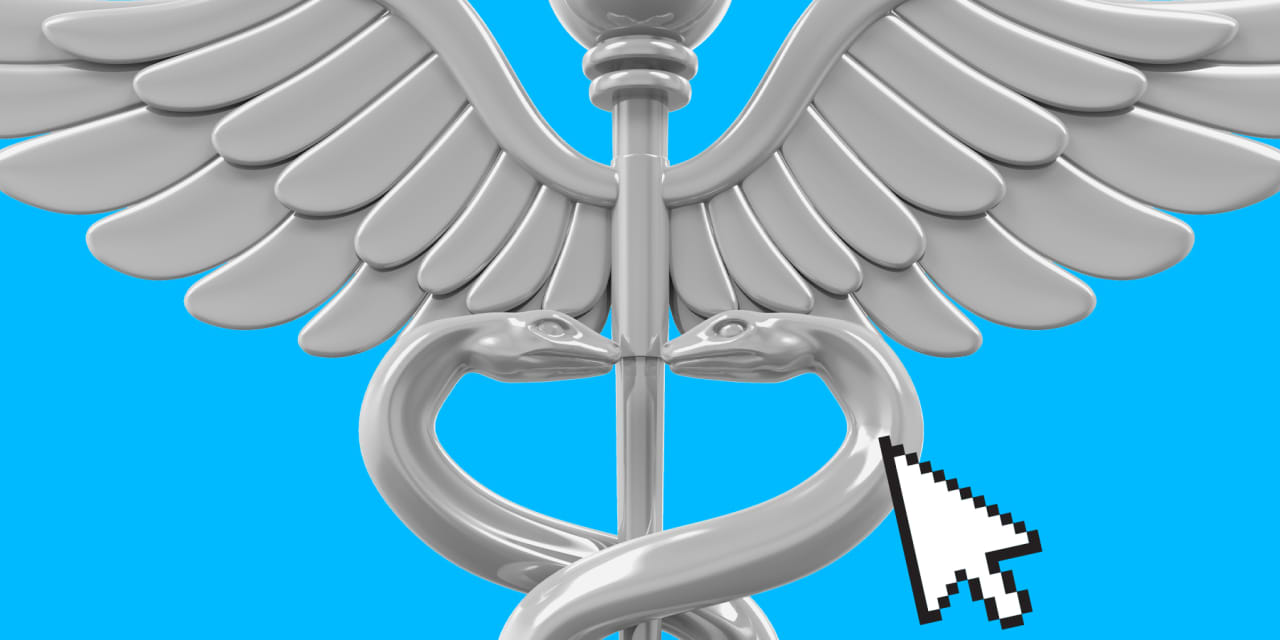Medicare’s annual open enrollment period begins Oct. 15, yet most recipients don’t take this opportunity to review their coverage options.
That’s important to do, because Medicare plans can change from year to year: Monthly premiums may rise or fall, doctors in Medicare Advantage may drop out of the plan’s network, and drug coverage may change. A report last year by GoodRx Research found that enrolling in the wrong Medicare Part D plan can cost members more than $800 a year.
From Oct. 15 through Dec. 7, the nation’s 65 million Medicare recipients can pick a new Medicare Part D drug plan, a new Medicare Advantage plan, or switch from original Medicare into a Medicare Advantage plan or vice versa. (Medigap supplement policies are not part of open enrollment.) Any coverage changes made during this period will go into effect Jan. 1, 2024.
Less than a third of Medicare beneficiaries compared their current Medicare plan with other Medicare plans in their area, according to a KFF study of 2020 open enrollment. You can compare online with the Plan Finder tool at medicare.gov, and if you need help, State Health Insurance Assistance Programs offer unbiased assistance.
Here’s what to know:
Medicare Advantage
About half of Medicare recipients are enrolled in Medicare Advantage. Also known as Part C, this rapidly growing program offers care managed by private health insurers that contract with the government to provide Part A hospital coverage and Part B outpatient coverage. Most Medicare Advantage plans include drug coverage. A growing number also include benefits that original Medicare doesn’t, such as limited dental care and, in some plans, even perks for your pet.
The projected average premium for Medicare Advantage plans in 2024 is $18.50 a month, according to the Centers for Medicare and Medicaid Services.
Many Medicare Advantage plans are HMOs with narrow networks of participating doctors and hospitals. The best way to ensure that your doctors participate in any Medicare Advantage plan is to call the doctor’s office and ask, says Jenny Chumbley Hogue, analyst with medicareresources.org.
If you want to switch from Medicare Advantage to original Medicare and buy a Medigap supplement plan, keep in mind that Medigap policies are medically underwritten, outside of certain circumstances and a handful of states that have different rules. That means insurance companies look at your medical records when you apply and can charge you more or deny you coverage based on your health status.
Beneficiaries frequently assume that Medigap plans participate in open enrollment, and they’re surprised to learn that most are not guaranteed the ability to buy coverage during this time, Hogue says. You can always switch back to original Medicare, but without supplemental coverage you’re on the hook for about 20% of your care costs, with no out-of-pocket cap.
Medicare Part D
Many people on original Medicare buy a stand-alone Part D drug plan. The average total Part D premium is projected to be about $55.50 in 2024, according to the Centers for Medicare and Medicaid Services.
Of course, premiums are just one part of your total cost. If you input your medications into Medicare’s plan finder tool, it will show your estimated total cost, which includes copayments and coinsurance. Some plans might have a higher premium but better coverage of your prescriptions than a lower-premium plan, so it’s important to look at the full picture. Also, compare prices among your local pharmacies, since costs can vary considerably, Hogue says.
Those with high drug costs will see some relief next year under the Inflation Reduction Act, when patient responsibility in the so-called catastrophic coverage phase drops to zero from 5%. One of the most anticipated Medicare changes in the Inflation Reduction Act—the $2,000 annual cap on out-of-pocket medication costs—won’t take effect until 2025.
Write to Elizabeth O’Brien at [email protected]
Read the full article here












